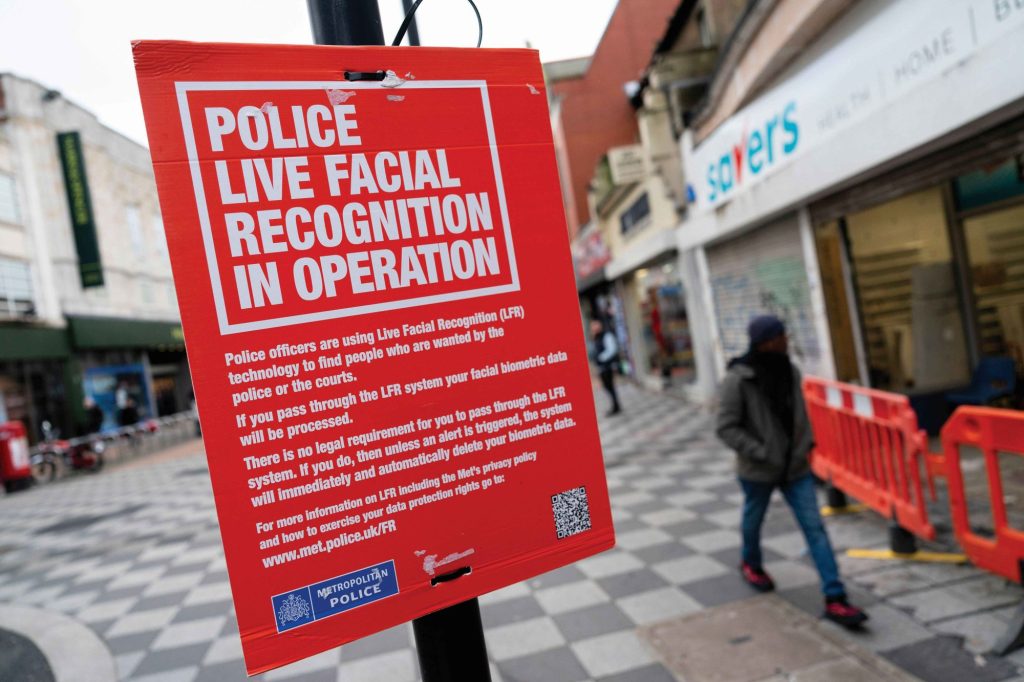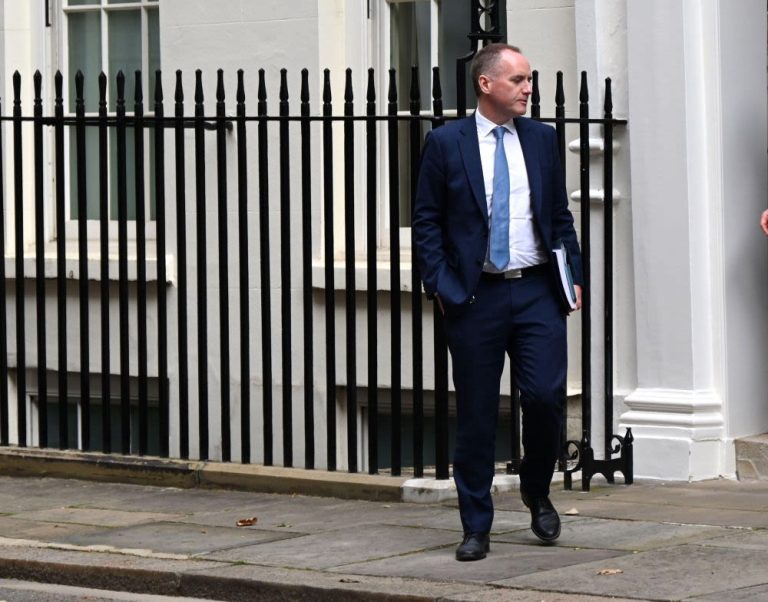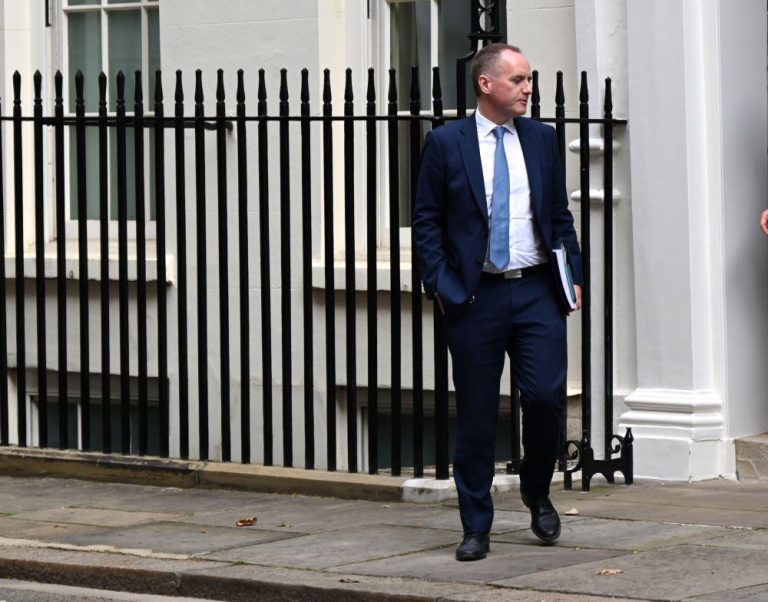
Government admits no central oversight of live facial recognition by police
The Home Office has confirmed it does not keep records of how police forces deploy live facial recognition (LFR) technology, raising fresh concerns over transparency and potential bias. Despite mounting evidence that LFR can produce racially skewed outcomes, ministers say individual forces are responsible for publishing their own system settings online—and there is no unified database tracking who uses the technology, where or how.
Decade-long deployment without dedicated legislation
Police in the UK have experimented with live facial recognition cameras since around 2016, scanning crowds in public spaces to match faces against “watchlists” of wanted suspects. Yet there remains no bespoke law governing its use. Instead, forces rely on general data protection rules, human rights obligations and technical guidance from bodies such as the National Physical Laboratory (NPL). Critics argue that without clear statutory safeguards, LFR risks eroding civil liberties and entrenching discriminatory policing.
Different algorithms, different sensitivity settings
At least seven forces in England and Wales currently run live facial recognition trials, with five more lined up to start soon. Though most adhere to the NPL-tested algorithm at a face-match threshold of 0.64, some—such as Essex and Suffolk Police—have chosen alternative systems and settings:
- Essex & Suffolk use an algorithm trialled by the University of Cambridge, applying a lower sensitivity setting of 0.55. Essex recorded one false match (attributed to poor-quality watchlist imagery), while Suffolk, which has conducted only two deployments, reports zero false positives so far.
- Both forces state their authorised officers may adjust thresholds—for instance, to a lower setting—if operational circumstances demand a wider net, such as in the aftermath of a terrorist incident.
MPs demand urgent safeguards
The disclosure comes as cross-party MPs and civil liberties campaigners urge ministers to enshrine strict limits in law before LFR becomes routine. Labour MP Kim Johnson warned that relying on self-regulation is insufficient: “Any consultation must not be a cover for expanding surveillance powers. We need independent oversight and full transparency.”
Former Culture Secretary John Whittingdale warned a future authoritarian government could exploit unmonitored LFR to track citizens indiscriminately. Green MP Siân Berry added: “We need actual laws, not another consultation exercise. The current piecemeal approach would never pass muster in Brussels.”
Consultation pledged—but details remain vague
In response, the Home Office has pledged to “launch a public consultation to develop a bespoke legal framework for law enforcement’s use of facial recognition technology” later this autumn. However, it remains unclear whether this will include primary legislation or simply fresh guidance under existing powers. The Ministry insists LFR “is a crucial tool to keep the public safe,” citing successful identifications of suspects and prosecutions aided by the technology.
Police chiefs defend their practices
National Police Chiefs’ Council (NPCC) facial recognition lead Lindsey Chiswick emphasises the strict governance in place at force level: “We work closely with the national policing adviser and local ethics panels to ensure the highest standards. Forces must comply with human rights and equality obligations, and oversight is provided by police and crime commissioners, mayors and the Information Commissioner’s Office.”
Chiswick argues public polling shows broad support for LFR when used proportionately to tackle serious crime, and highlights that each deployment must be authorised by a superintendent-level officer who justifies its necessity and proportionality.
Risks of unmonitored expansion
Privacy advocates warn that without consolidated data on deployments—such as the total number of scans, match rates and follow-up arrests—the public cannot judge whether LFR lives up to its safety claims or disproportionately targets minority communities. The lack of a single national record means no one can track whether certain demographic groups face more frequent scanning or higher false positive rates.
Key questions for the forthcoming framework
- Should Parliament set uniform face-match thresholds to minimise bias?
- Will all forces have to adopt the same algorithm and sensitivity setting?
- How will independent oversight—by data watchdogs or an ethics committee—be enforced?
- Will the public have access to regular reports on LFR performance and impact?
Public trust hangs in the balance
As LFR technology becomes more affordable and widespread, the Home Office faces a pivotal choice: regulate firmly or risk undermining confidence in modern policing. With no central records and differing practices across forces, the government must deliver robust legal safeguards that balance crime-fighting benefits against citizens’ right to privacy and equal treatment under the law.




